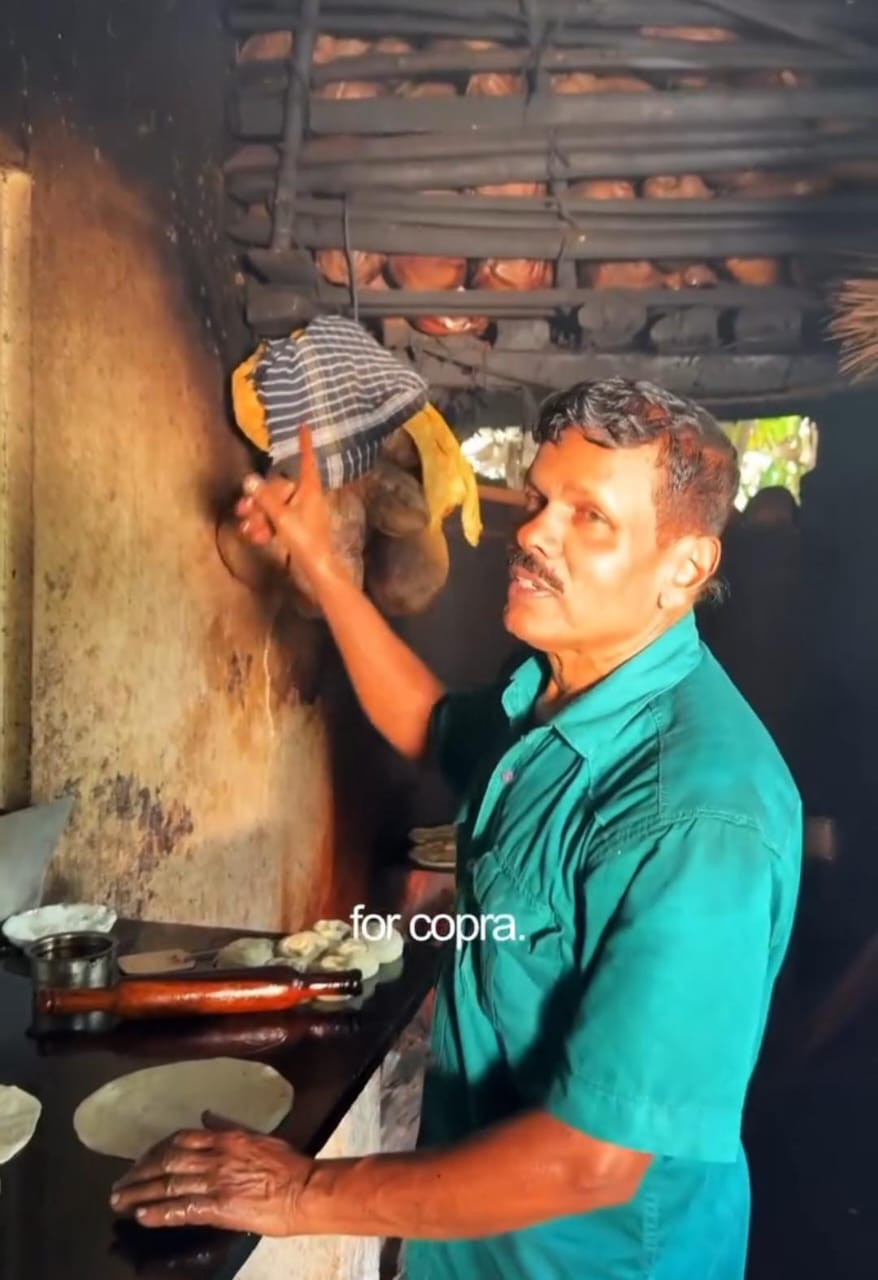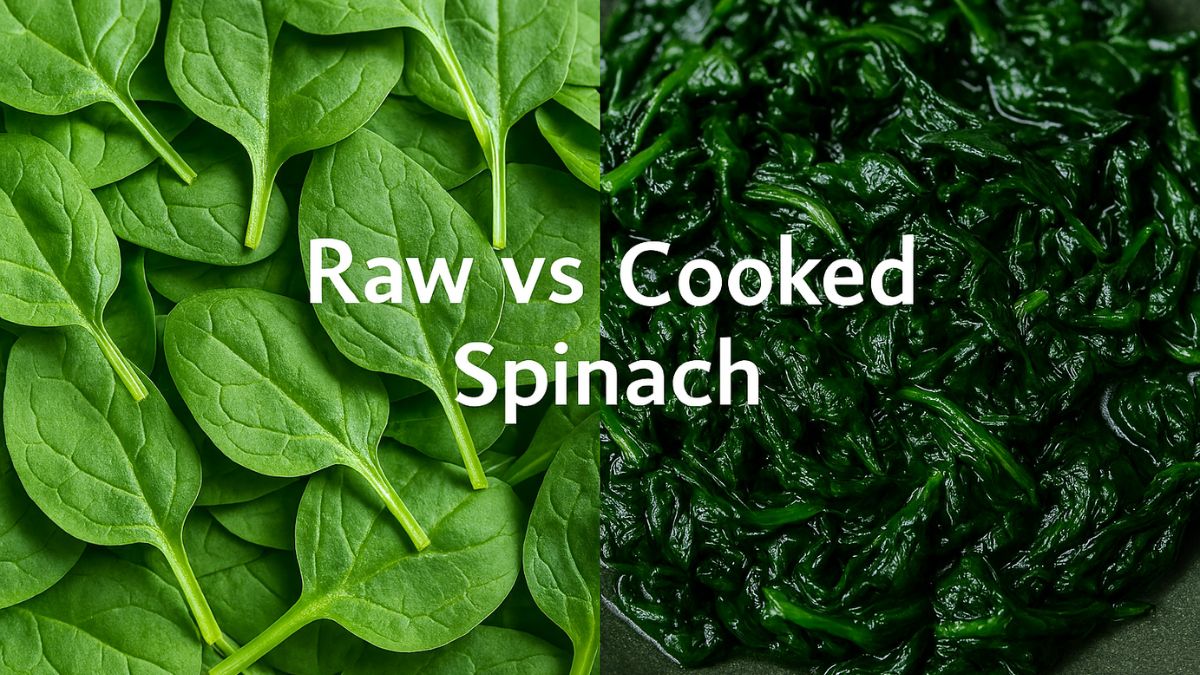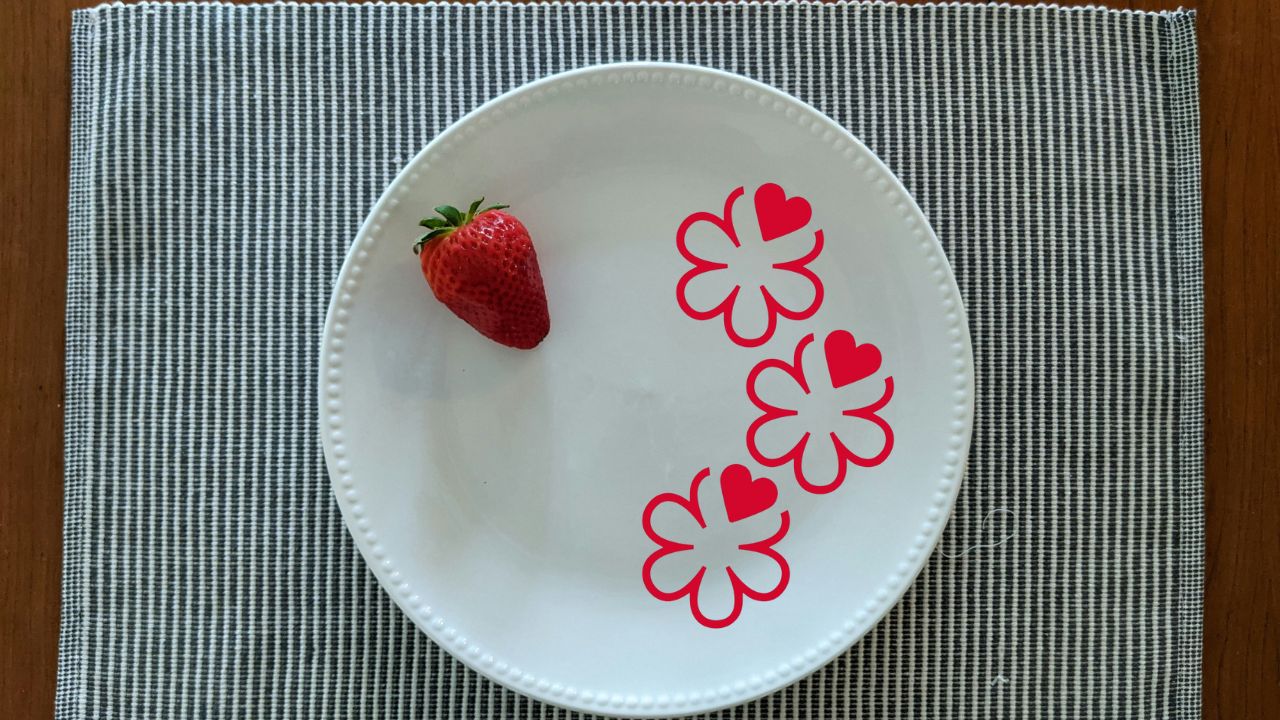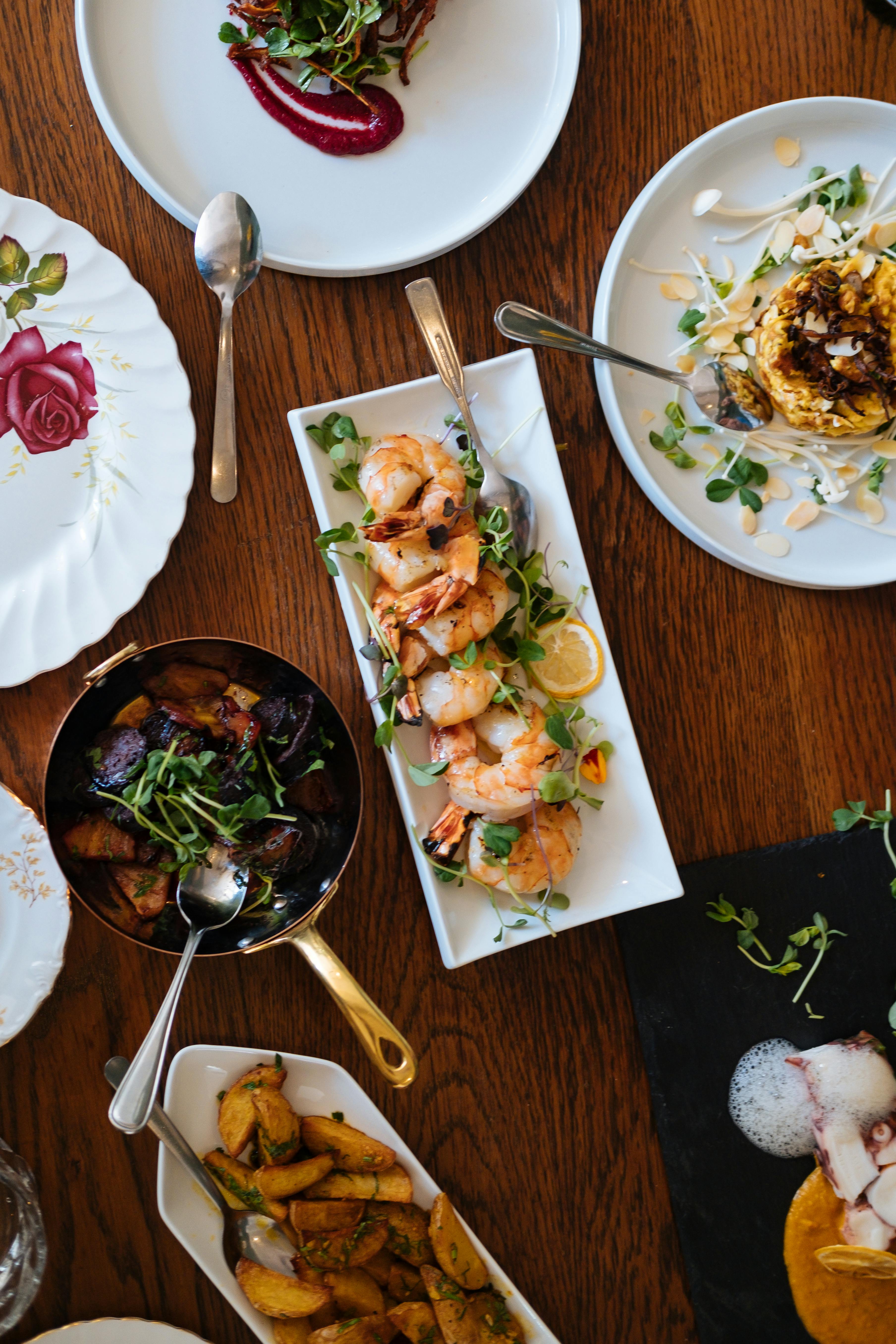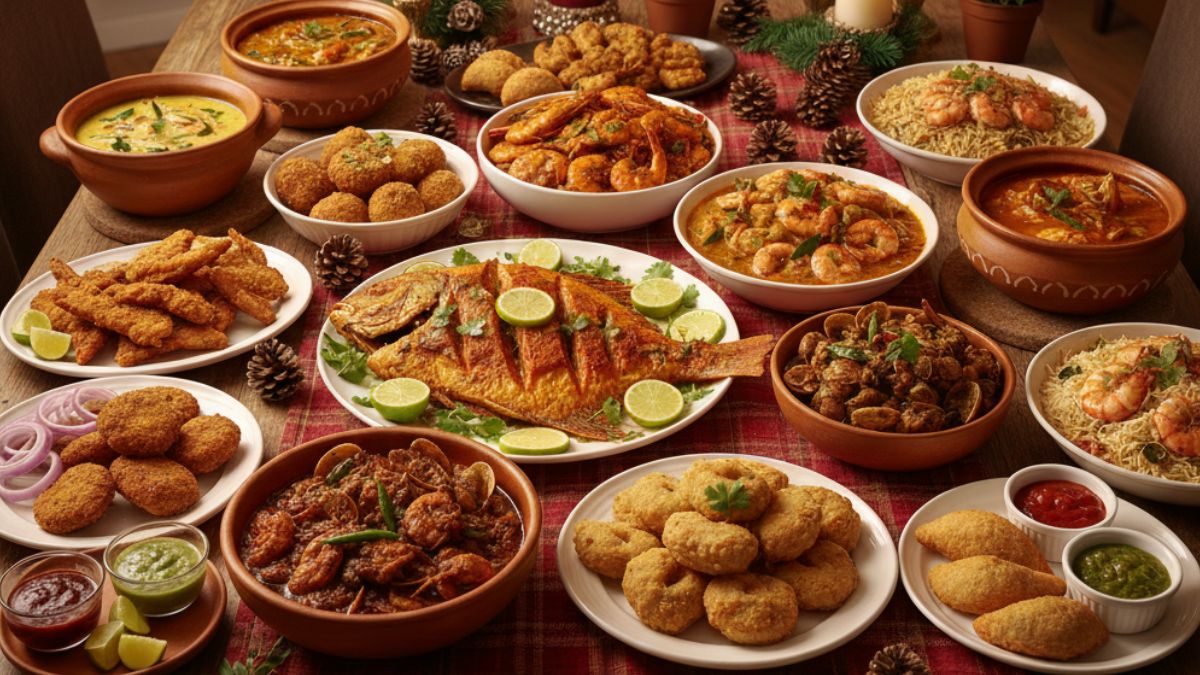As kitchens across India light up with the aroma of sweets, namkeens, and festive feasts, there's a darker side to Diwali 2025 that often goes unnoticed - food adulteration. To meet the soaring demand for dairy products, many suppliers take shortcuts like mixing cheaper or synthetic substitutes to boost profits. These fake or adulterated ingredients not only compromise the taste of your favourite mithais but can also cause serious health issues. From fake ghee that smells too buttery to turmeric laced with chemicals, here is a closer look at the most commonly adulterated ingredients during Diwali and how you can identify them at home before they end up on your festive platter.
Also Read: Diwali 2025 Recipes: 7 Easy Diwali Sweets You Can Make In Under 30 Minutes
Here Are 5 Festive Ingredients That Are Prone To Adulteration
1. Ghee
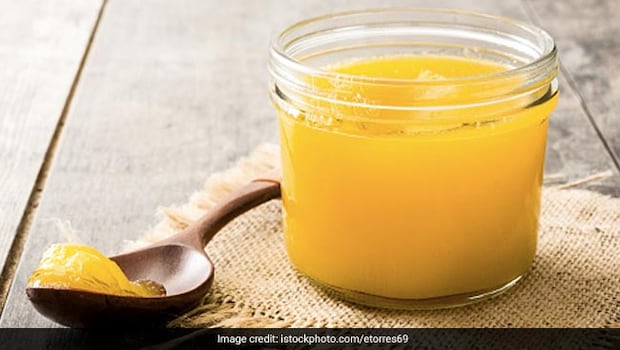
Pure ghee is the heart of every festive recipe. However, it is often adulterated with vanaspati or refined oil to reduce production costs. This fake ghee looks glossy and smells overly strong, unlike the aroma of real cow and buffalo ghee.
According to FSSAI, due to its increasing demand, both in India and abroad, the market is flooded with adulterated ghee. The board further explains that the most commonly used adulterants are vegetable oils, animal fats, mineral fats, and starch. Adding oils and fats increases the level of beta-sitosterol and cholesterol in the ghee, eliminating all its health benefits.
How To Check Ghee Purity | How To Know If Ghee Is Pure
Here are some simple tests to check the purity of ghee at home:
1. The Palm Test: Apply a small amount of ghee to your palm and rub it gently. If it melts quickly, it's likely pure. However, if you notice any residue or solid particles, they may contain additives.
2. The Heat Test: Heat a spoonful of ghee over a low flame. Observe its texture and colour. Pure ghee typically turns dark brown and melts smoothly. If it takes time to melt or appears light yellow, it might be adulterated.
3. The Sugar Test: Transfer some ghee to a transparent bottle, add a spoonful of sugar, and shake well. Let it sit for a while. If a reddish deposit forms at the bottom of the bottle, it's likely that the ghee contains impurities.
How To Make Ghee At Home:
You can skip the dependency on market-bought ghee and make your own at home. Here's how to make it:
- Boil full-fat milk and collect the cream (malai) over a few days.
- Once you have about a cup of malai, melt it in a heavy-bottomed pan on low heat.
- Continue stirring until the milk solids separate and settle at the bottom.
- Strain the golden liquid through a muslin cloth and store it in a clean jar.
2. Milk

During Diwali, milk adulteration becomes rampant because it's used in bulk for sweets like barfi, kheer, and rabri. Some suppliers mix water, starch, or detergent to increase volume and thickness. If you have bought milk from the market and want to check its purity, here's how you can do it:
How To Check Milk Purity | How To Know If Milk Is Pure
1. The Water Test: Place a drop of milk on a polished or slanting surface. If it moves slowly and leaves behind a white trail, your milk is likely pure. If it flows quickly without leaving any mark, it may be mixed with water.
2. The Detergent Test: Mix equal parts of milk and water in a clean bottle. Shake well. If it produces thick, foamy bubbles like soap, it could contain detergent, one of the most common adulterants. Pure milk forms only a thin frothy layer.
3. The Starch Test: Add a few drops of iodine solution to your milk sample. If the liquid turns blue, it means starch is present, added to thicken diluted milk and make it look creamier.
4. The Texture Test: Rub a few drops between your fingers. Adulterated milk feels slippery or soapy. Upon boiling, it may turn yellowish and leave a bitter or chemical aftertaste.
3. Mawa (Khoya)
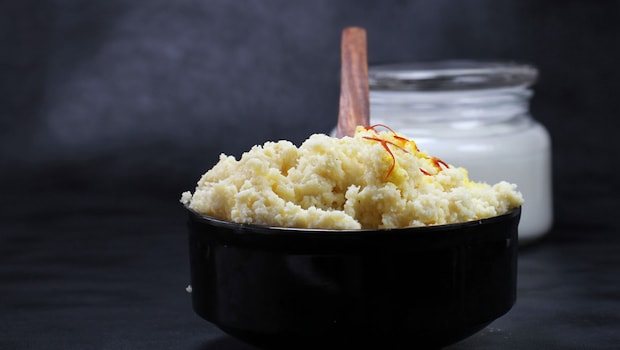
Mawa or khoya, which is the base for many Diwali sweets, is among the most adulterated products in the festive season. To meet the massive demand, suppliers make fake milk with starch, refined flour, or synthetic milk powder and sell it in the markets. If you don't know how to spot it, consuming this fake mawa can harm your health in the long run.
How To Spot Fake Mawa | How To Check Adulteration In Khoya
Here are four points on how to check the purity of khoya at home:
1. Texture Check: Pure khoya should have a smooth, granular texture. If it feels rubbery, sticky, or crumbly, it may be adulterated.
2. Smell Test: Fresh khoya has a characteristic sweet, creamy aroma. If it smells sour, rancid, or unpleasantly strong, it may be spoiled or adulterated.
3. Water Test: Mix a small amount of khoya with water. Pure khoya will not dissolve completely in water and will retain its texture. If it dissolves quickly or forms a milky solution, it may contain starch or other additives.
4. Heat Test: Heat a small amount of khoya in a pan over a low flame. Pure khoya will melt smoothly and turn light brown. If it splatters, smokes, or develops an unpleasant smell, it may be adulterated with substances like urea or starch.
How To Make Mawa (Khoya) At Home:
If you want to make mawa (khoya) at home, here's how to do it:
1. Pour full-cream milk into a thick-bottomed pan and bring it to a boil.
2. Keep simmering on low flame, stirring continuously to prevent sticking.
3. As the milk thickens, it will slowly reduce to a dense, grainy paste.
4. When it leaves the sides of the pan and looks semi-solid, your mawa is ready.
5. Let it cool and use it for barfis, gulab jamuns, or laddoos.
4. Paneer

Paneer, another festive favourite, is also prone to adulteration during Diwali 2025. Many local vendors use synthetic milk or starch-based fillers to increase paneer yield. If you use this adulterated paneer, it can harm your health in the long run.
How To Check The Purity Of Paneer At Home | How To Know If Paneer Is Fake
1. Texture Check: Pure paneer should have a soft, smooth, and moist texture. If it feels rubbery, hard, or crumbly, it may be adulterated with starch, chalk, or other substances.
2. Colour Check: Fresh paneer should be white or off-white in colour. If it has a yellowish or pinkish tint, it may be old or adulterated.
3. Melting Test: Pure paneer will melt smoothly when heated. If it becomes hard, rubbery, or develops an unpleasant smell when heated, it may contain additives or be of poor quality.
4. Water Test: Put a small piece of paneer in a glass of water. Pure paneer will sink to the bottom and remain intact. If it floats or breaks apart, it may be adulterated with substances like starch or soap.
How To Make Paneer At Home
If you want to skip the paneer adulteration, it is best to make it at home. Here's how you can do it
- Boil full-fat milk and add 1–2 tablespoons of lemon juice or vinegar.
- Stir gently until the milk curdles and separates into whey and curds.
- Strain through a muslin cloth and rinse with cold water to remove the sourness.
- Tie the cloth and hang it for 30–40 minutes to drain excess water.
- Press it under a weight for an hour to get firm, fresh paneer blocks.
Also Read: Ahead Of Diwali, Soan Papdi Preparation Video Goes Viral On The Internet
5. Spices - Red Chilli Powder
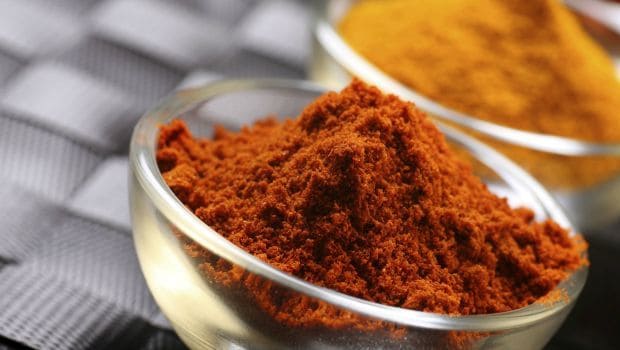
To enhance the colour and quantity, some manufacturers add brick powder, red oxide, or synthetic dyes to red chilli powder. This not only spoils your food but may also irritate the stomach if consumed in the long run. Here's how you can check the purity of red chilli powder at home:
How To Check If Red Chilli Powder Is Safe | How To Know If Red Chilli Powder Is Fake
- Mix a teaspoon of chilli powder in a glass of water. Adulterants like brick dust will settle at the bottom, while the pure powder will float and leave a uniform red tint.
- Rub a pinch between your fingers; if the colour stains your skin too vividly, it may contain artificial dye.
Turmeric Powder
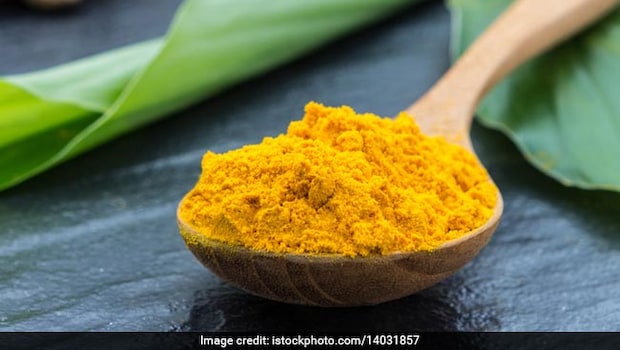
Fake turmeric is one of the most dangerous adulterated spices sold during festivals. To enhance its golden hue, some sellers use lead chromate - a toxic chemical that can cause long-term health problems. Others mix chalk powder or starch to bulk up the quantity.
How To Check The Purity Of Turmeric | How To Know If Haldi Is Not Fake
- Mix a spoonful of turmeric powder in warm water. If it settles quickly and leaves a yellow residue, it's pure. A shiny layer or chalky residue indicates adulteration.
- Always choose turmeric from reputed FSSAI-approved brands.
Why Food Adulteration Rises During Diwali
With the sudden spike in demand for traditional ingredients, many small vendors struggle to keep up. To make higher profits or meet bulk orders, they resort to shortcuts like using synthetic additives, fillers, or industrial by-products. The lack of stringent checks during festive rushes allows fake mawa, paneer, and ghee to flood local markets. Consumers often get deceived by appearance, as adulterated products are designed to look even better than the real thing.
How to Protect Yourself This Festive Season
- Buy from trusted brands or verified dairies only.
- Check for FSSAI labels and expiry dates.
- Avoid buying loose milk, ghee, or khoya from unknown shops.
- Store dairy properly and consume fresh sweets within 24–48 hours.
- When in doubt, perform simple home tests for adulteration. They take just a few minutes.
So, check the purity of these ingredients before adding them to your Diwali 2025 treats!
